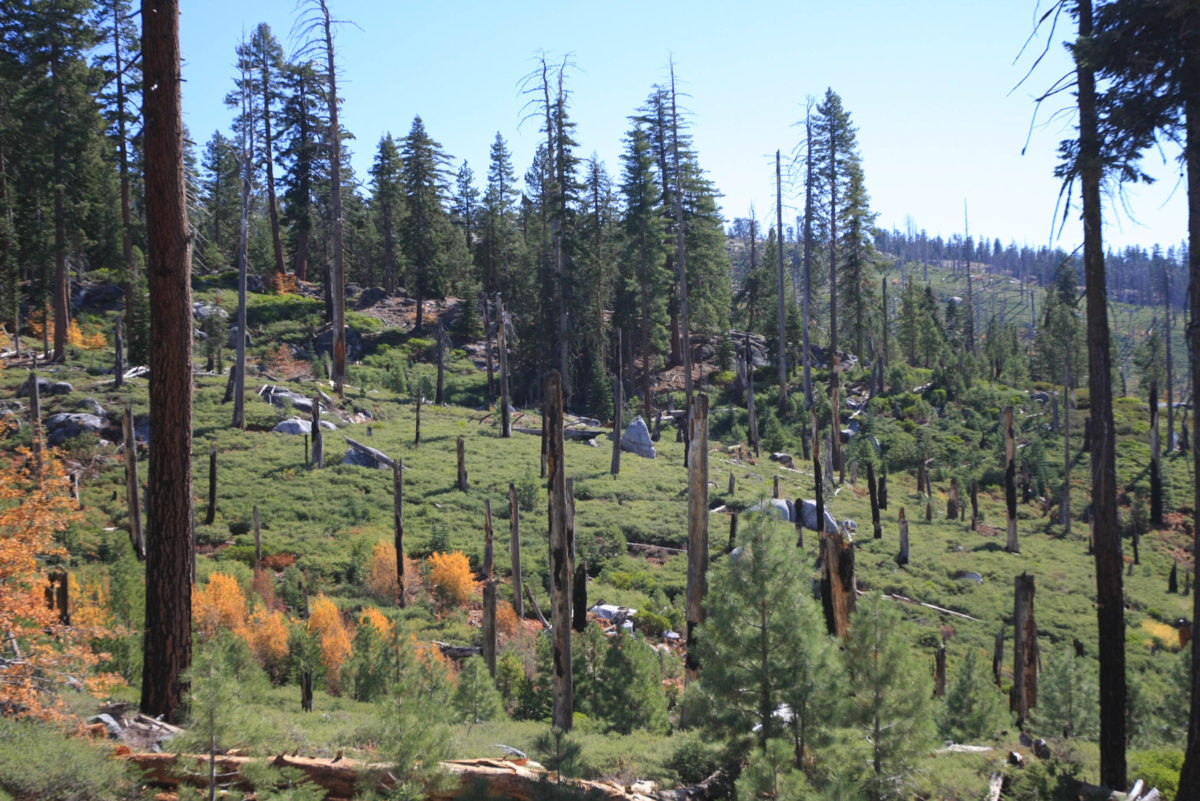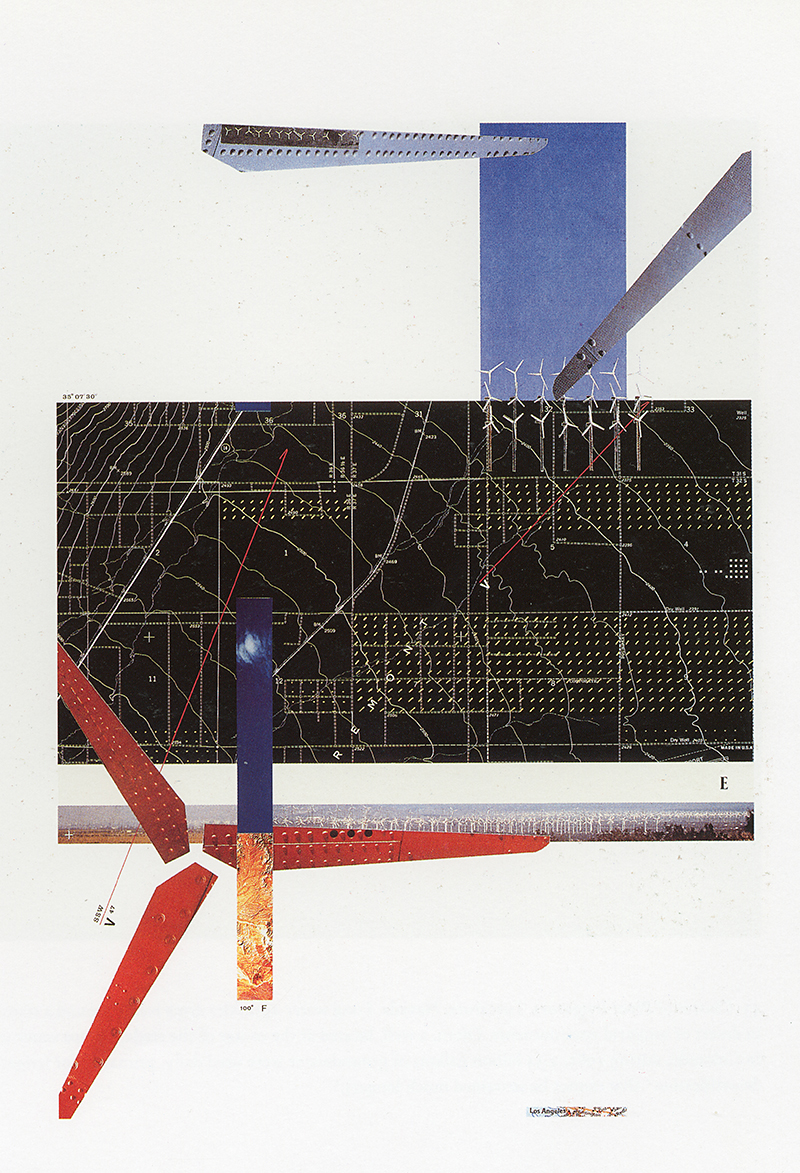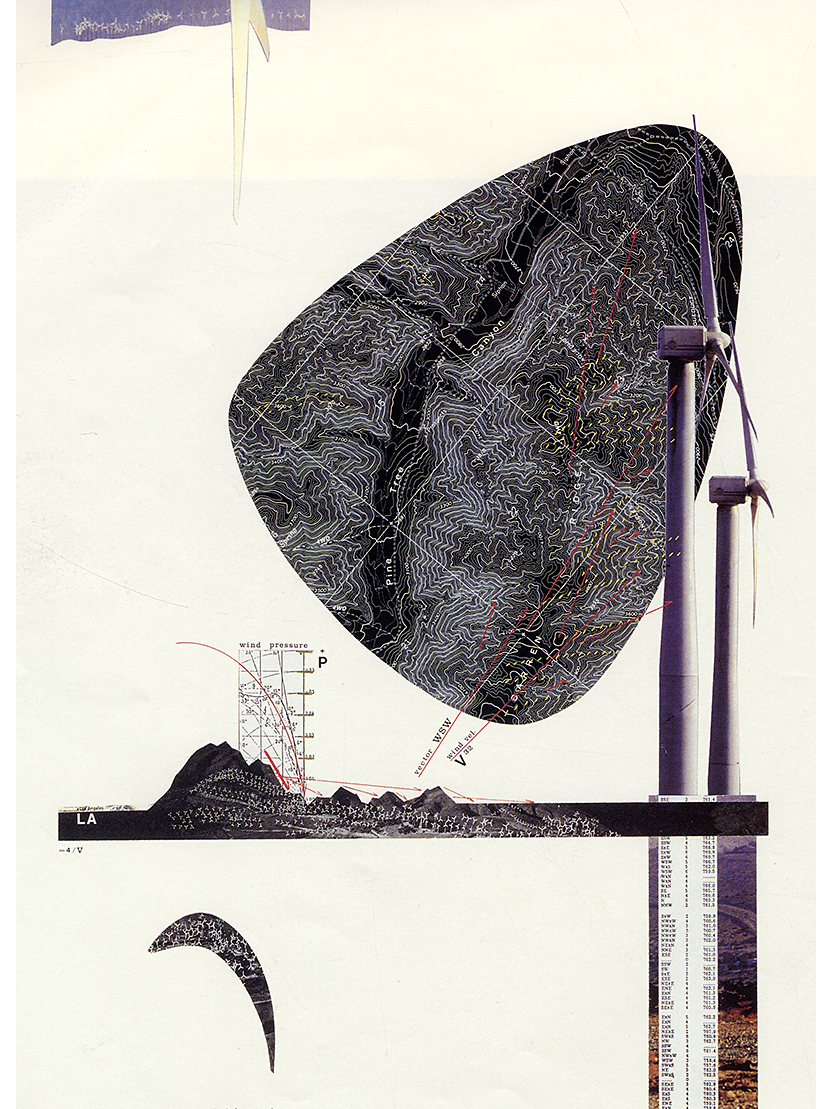If Earth’s biosphere is in crisis, it is a peculiar sort of crisis. To human eyes, it appears drawn out in slow motion over decades and spread almost invisibly across vast tracts of land. A difficult cognitive leap is required to grasp such a diffuse phenomenon. Landscape architects face a further complication: while disasters like hurricanes and wildfires can focus attention, our natural response begins with triage and mourning—far from the sort of visionary optimism that helps propel longer-term projects. And where does recovery figure into future decades of a warmer globe? To understand these issues in the field of landscape architecture, I spoke with three professors at the GSD who taught courses on the subject this spring.
Steven Apfelbaum, an ecologist and founder of the ecological restoration firm AES, began our conversation by noting the tendency in conservationist discourse to focus on charismatic megafauna—“big animals that we know and love for one reason or another, usually because we fear them.” We tend to notice megaflora as well, and major weather events like heat waves and floods likewise capture our attention. But this fascination with the large, the beautiful, and the fearful does not always translate into the sort of sustained engagement required to develop a deep ecological understanding, Apfelbaum says. This is a foundational conundrum of ecology: the majority of Americans have little experience with the land and its rhythms, and as a result we have insufficient understanding of ecological processes and principles.
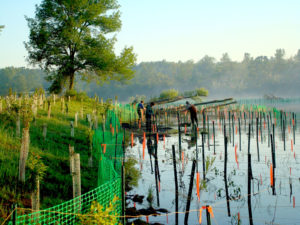
“We are ecologically illiterate as a civilization,” as he bluntly puts it. Apfelbaum’s course at the GSD, “Altered Rural and Urban Landscape Restoration,” takes steps to address this lacuna. Like the conservationist Aldo Leopold before him, Apfelbaum encourages a land ethic that comes from engagement with the whole complex biotic pyramid encountered in a particular locale.[1] He says that “it really takes people that are more knowledgeable and connected to these ecological understandings to deploy ecological principles” in the right way.
The question of expertise arose repeatedly in my conversations. Silvia Benedito, a design critic at the GSD and founder of the multi-disciplinary design firm OFICINAA, emphasizes the need for community engagement and Indigenous knowledge rather than simply deferring to experts. This spring she taught “The Anatomy of (Wild)fire, a Design Quest?,” a course centered on rural communities in the Mediterranean. Benedito explains that a postwar exodus led to “rural areas becoming the back porch of cities—in many ways they became monocultures and sites of extraction.” The inter-generational transfer of ecological knowledge was interrupted and institutions stepped in to fill the void, often misunderstanding what they encountered.
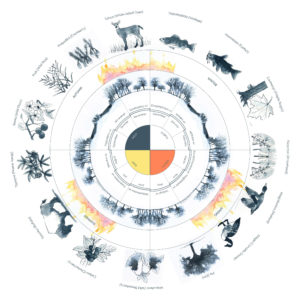
Benedito describes the case of one of America’s most beloved national parks: “There are reports that when John Muir arrived in the Yosemite Valley, he thought that what he was seeing was wild nature and that it should be controlled and maintained in the condition he found it. But it had actually been managed over many centuries by people indigenous to the area, who used it for food, for rituals, and—when it came to fire—they managed it for the safety of their communities.” Colonists brought with them their own ideas of fire as a destructive force to be managed from afar and eliminated from the valley when possible.
Designers, by the very nature of their profession, are usually outsiders to the geographical areas in which they work—and thus ongoing place-based education is crucial. Cultivating in-the-field knowledge was among the goals of a course taught by David Moreno Mateos, an ecologist and assistant professor at the GSD. “Ecosystem Restoration” focused on land in New England that had been cultivated by settlers, but which has been abandoned for several hundred years. This situation has created a sort of natural laboratory for understanding the recovery process. Due to the pandemic, students were offered a framework for self-guided field trips to document local ecosystems. Extrapolating from these observations and correlating with research by ecologists, Moreno Mateos identified “the specific tools—combinations of soil fungi, plant species composition, plant traits—that promote recovery by increasing the functionality and resilience of any ecosystem, which if brought to landscape architecture will help design more functional and resilient landscapes.”
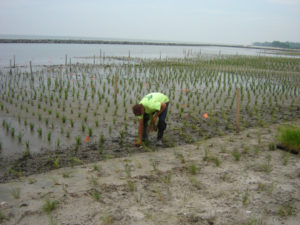
The course dovetails with Moreno Mateos’s primary research. His major project this summer takes place at the site of an ecological catastrophe that occurred long ago. Swaths of Greenland were transformed by Norse farmers from Iceland beginning around the year 1000, and, for reasons still under debate, these settlements were abandoned about 500 years later. For the past five centuries, many of these landscapes have been left to recover on their own. His scientific research aims to understand the details of how these former Norse settlements have recovered from ancient anthropogenic impacts—which ought to offer us clues about how humanity can deal with the ecological disasters caused by anthropogenic climate change. Landscape architects, Moreno Mateos says, should be “armed with the powerful tool of ecosystem restoration that could be used in any landscape architecture project, conservationist tragedies, or management activities.”
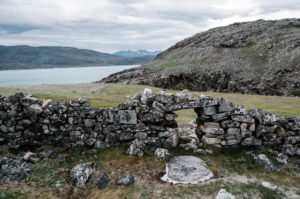
Like Moreno Mateos, Apfelbaum emphasizes the importance of experiencing functioning ecosystems in person. His own restoration practice begins at home, on his 80-acre farm in Wisconsin, the transformation of which is documented in his book, Nature’s Second Chance. Readers follow along as Apfelbaum restores a patch of fallow and semiwild farmland, coming to understand and appreciate the relationship between species in a diverse ecosystem that includes wetland, prairie, savanna, and spring-fed brook. But reading this or any other book is no substitute for field courses, Apfelbaum says. “When I went to school, I took field courses every semester, and I was out in the woods learning about nature a couple of days a week. Now, it’s very challenging to go get that sort of field exposure.” This lack of exposure has affected the way designers conceptualize the land, he says: “The landscape architect has focused on parcels, oftentimes small, and the ecologist has become less focused on systems, and more focused on smaller scale thinking… How can we work in a systematic way across scale, across boundaries of ownership, and across disciplinary subject matters?”
Apfelbaum, Benedito, and Moreno Mateos all agree that landscape architects have a role to play as mediators in multi-scalar, multidisciplinary ecological discussions. Benedito points to invaluable lessons in the work of James Corner and his firm, Field Operations (where Benedito previously worked). Corner’s drawings focused on processes, helping landscape architects to see that narratives can be embedded in landscapes. Many of Benedito’s own projects conjure elusive sensory dimensions of landscapes. This sensitivity is crucial when dealing with phenomena such as fire, which are themselves fleeting but which leave traces on the land and in collective memory that can be rekindled in the course of design. Benedito emphasizes that “the potentials of landscape as a discipline of telling stories is fundamental when we have to interact with communities.”
Apfelbaum concurs, mentioning that, at his firm, “the first function of the landscape architects, on many projects, is translation—the ability to convert ideas, including often complex scientific ideas, into graphic communication that builds a conversation between stakeholders from myriad backgrounds and with different things they care about.” The next step after translation, he says, is “creative ideation: how do you take people that are locked in a frame of mind and begin a conversation where anything you say might trigger a knee-jerk negative reaction against any sort of change?” Participation in map-making can be a key step in overcoming NIMBYism. “Neighbors see neighbors. Neighbors participate with neighbors. Neighbors draw,” Apfelbaum says. “They might not be able to say exactly what they’re thinking, and they might not really be able to draw it very well, but if they can get something down—a few words and then a few little scribbles—we can begin playing off it.”
The importance of drawing communities into the decision-making process highlights a difficulty at the heart of many restoration projects: people may want to conserve what they have and to restore damaged areas to a previous state, but that is not always feasible. Events can push landscapes into new ecological states—a forest can become a grassland, or a coastal wetland environment can find itself under water. It can be difficult to gauge whether restoration is the best route to take. Fire, for instance, is a cyclical part of some ecosystems, but sometimes a burnt landscape doesn’t bounce back. Rising global temperatures are causing biomes to shift—and sometimes wildfires are “the last piece placed on top of a precarious wooden tower that unbalanced everything and topples it over,” as Benedito puts it. Moreno Mateos emphasizes the “need to have an open mind about restoration. Ecosystems are in a dynamic stable state—they are always adapting to the ever-existing environmental changes.” As a result, “restoration must be understood in a dynamic way, and that any restoration projects must be as adapted as possible to the current changing conditions, which may involve alternative states.” This is a frightening sort of openness. Moreno Mateos notes that we are experiencing a general biodiversity crisis; the United Nations has declared the current decade as the UN Decade on Ecosystem Restoration.
For Benedito, it is important to engage with landscape disasters as cultural phenomenon. She points out that while fire management practice belongs, for the most part, to the field of silviculture, much of the literature comes from anthropology and sociology. Stories abound of fire and the birth of humanity and the importance of hearths and sacred flames in domestic and religious architecture. “The cultural domain of fire,” she says, “has been suppressed in landscape management, but not lost.” Benedito gives the example of the herding of goats and sheep in Portugal, a practice which has been displaced by industrial farming. Livestock provide a few things: meat and wool, certainly, but also fertilizer and the clearing of undergrowth. “They were providing ecological service—they were actually mowing these territories, reducing the biomass fuel for the reduction of wildfires,” she explains. Such cultural practices often have a long history. Fire management today should involve, Benedito says, “recuperating a culture: the ceremonies, the meaning, the symbolism associated with rural practices.”
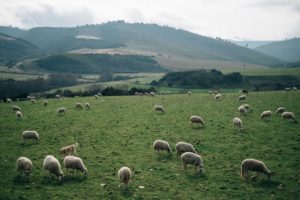
So while disasters—fires, floods—may appear limited in time, space, and in the factors involved, they really must be seen as only the most tangible moments of processes that occur across much broader scales. Landscape architecture may be among the best-equipped disciplines for engaging with such processes. Apfelbaum argues that engineering is too narrow. “Engineering solutions have done a great job for 150 or 200 years to help us with water quality and sanitation,” he says, “but they’re not addressing the larger, more complex solution sets that we need to address now. Engineering solutions are kind of single purpose—stop the flooding, you know. Whereas when you stop the flooding with the ecology, you get all sorts of secondary benefits: you get water quality improvements, biodiversity improvements, the replenishment of groundwater resources.” Apfelbaum makes a compelling case, supported by decades of successful projects: “With an ecological solution, the benefits are amplified. With an engineering approach, the benefits are usually narrow and the benefits are oftentimes short- lived—they’re best on the day the project is completed, and then they progressively deteriorate while the cost of maintenance increases. An ecological solution is weakest on the day of installation as a practice, and it improves over time while the cost of maintenance decreases.”
Wide recognition of these benefits may be leading to a shift in perspective, and enthusiasm for ecological restoration following landscape disasters may be translating into broad public enthusiasm for ecological thinking. We should hope so. Ecological literacy is a crucial force for good in a world facing a crisis of a magnitude that is difficult to fully comprehend.
[1] Aldo Leopold, A Sand County Almanac, and Sketches Here and There (Oxford: 1949)
